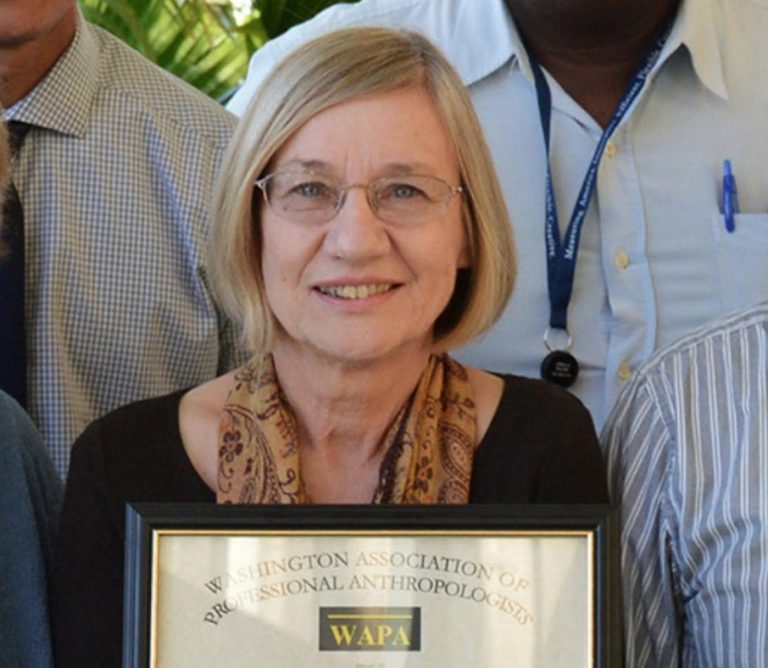NAPA Career Profiles: Tim De Waal Malefyt
“As a corporate anthropologist in the field of practice, I’ve worked in consumer marketing and advertising for several large firms. I am curious about how advertising messages can be meaningful to people, how products and brands engage people in ways that express who they are, what’s important to them.”
According to Tim, “Old School” advertising can turn people off as the typical ‘push’ approach can feel annoying to the consumer. More recent ad strategies aim to cleverly engage people, to draw them in to learn more about a product or service, and are seamless across media.
“An example is the Red Bull Stratos jump https://www.youtube.com/watch?v=dYw4meRWGd4 which is an ad, but does a great job of drawing people into the event.”
Anthropologists can provide a valuable and unique perspective to the advertising world, by employing a holistic approach to understanding culture that is especially useful. The corporate anthropologist’s broad view of consumers can be applied to the network of cultural systems and relations in people’s lives.
“They help make sense of seemingly disparate actions by consumers in terms of a larger whole. For instance, in a study we conducted on cooking for a soup company, we discovered that when consumers, such as mothers in families, express creativity by making daily decisions of what to feed their families for dinner, we noted the interconnections between the ways they rely on their cell phones, Internet, and mobile devices to keep track of family wishes, changes in individuals’ schedules, coupon offers, and last – minute recipe searches.”
Tim notes that traditional brand categories in a marketing firm may keep brand and client categories distinct – in this case, a food company and a telecommunications company – but it is the integration of these experiences that is an accurate reflection of how consumers naturally live their lives.
“This is why an anthropological perspective, that cuts across arbitrary categories and reveals the way people normally behave, is such an advantage in business. This is very helpful to corporations, so that they can show how products are naturally used in people’s lives, create better products, and produce more engaged messages that make sense.”
Tim fell into his first advertising job serendipitously, with his school background in anthropology, specifically semiotics, ritual symbols and performance studies, he was able to understand what people got out of advertising. But on-the-job training in advertising called for quick adaptations as well; learning the language of business and communicating theory to others in concrete ways.
“Much of what anthropologists do in advertising and marketing is develop research that gives shape, voice, and image to how consumers use brands in their lives. Anthropologists conducting ethnographic research for marketing firms or in advertising agencies are particularly adept at understanding the multiple ways in which consumers derive unspoken satisfaction from the brands and products they use.”
Tim says interested anthropologists and students of anthropology can break into this field without marketing or advertising experience. They can promote themselves in résumés and through executive recruiters as qualified to study various dimensions of culture.
“While actual field experience in conducting ethnography is helpful, it is no longer the catchword in marketing that it once was, because ethnography has become a standard practice in market research today. However, the idea of “decoding” brands for their symbolic and emotional meaning and identifying the “lived experience” of brands with consumers is very attractive for many advertisers and marketers. An anthropologist’ s understanding of the symbolic functions of rituals in culture, and of the various uses of language, systems of exchange such as gift exchange, and performance in culture, can offer a different view of consumer behavior. Such anthropological insights are what advertising and marketing firms are looking for today.”
To learn more about the role of anthropology in advertising, check out some of Tim’s publications, such as Advertising Cultures (2003) and Advertising and Anthropology (2012). Tim is currently a visiting Associate Professor at Fordham University in New York, NY.
These brief interviews of some key anthropological practitioners appeared on the NAPA LinkedIn pages (2013); subsequent interviews were posted on the NAPA blog (2014). They are listed here by the most recent interviews. The interview series was produced by NAPA Communications Committee members Kristin Keller and Nicole Conand.



